10 Philippine folktales, stories and legends for children
The Philippines has a lot of indigenous tribes. Therefore, the country is rich with Filipino folklore stories. There are many Filipino folktales and famous Philippine legends that have been told throughout the years and have been taught in Philippine literature. Which is the most popular Filipino story you can read?
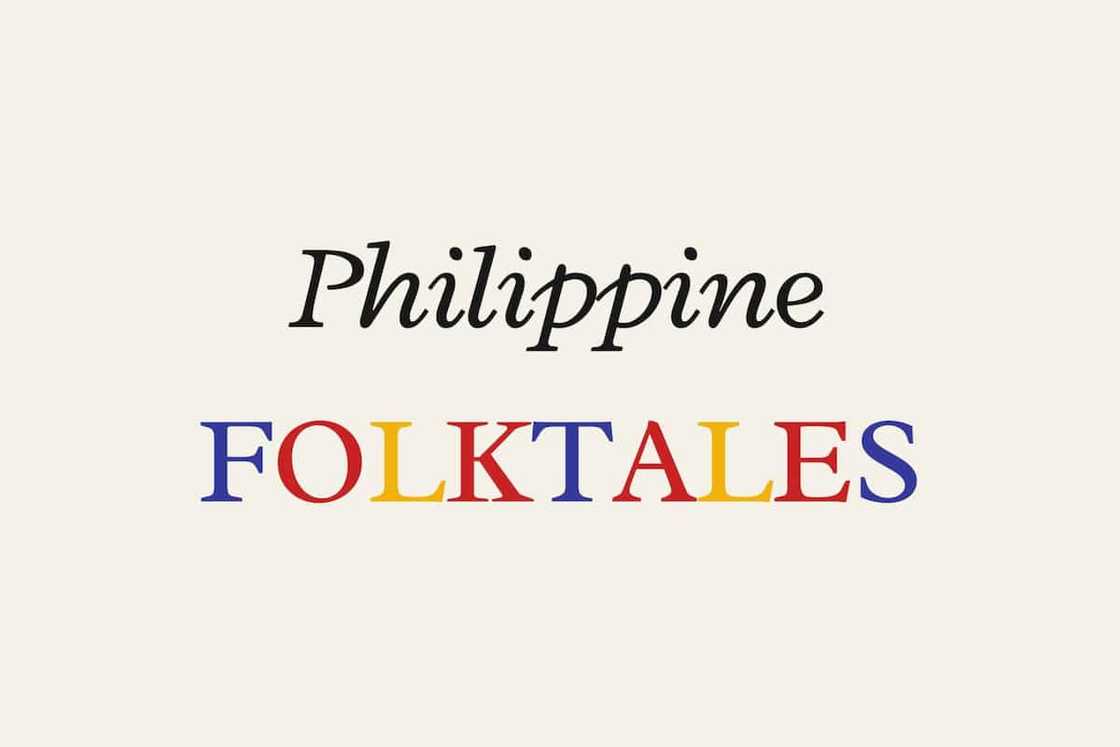
Source: Facebook
Philippine folktales are a treasure trove of stories that have been passed down from generation to generation. These tales entertain children and teach lessons about Philippine culture, traditions, and beliefs.
Popular Filipino stories
What are examples of folk tales? Below are some of the most popular Philippine folktales, stories, and legends perfect for children.
1. The Monkey and the Turtle
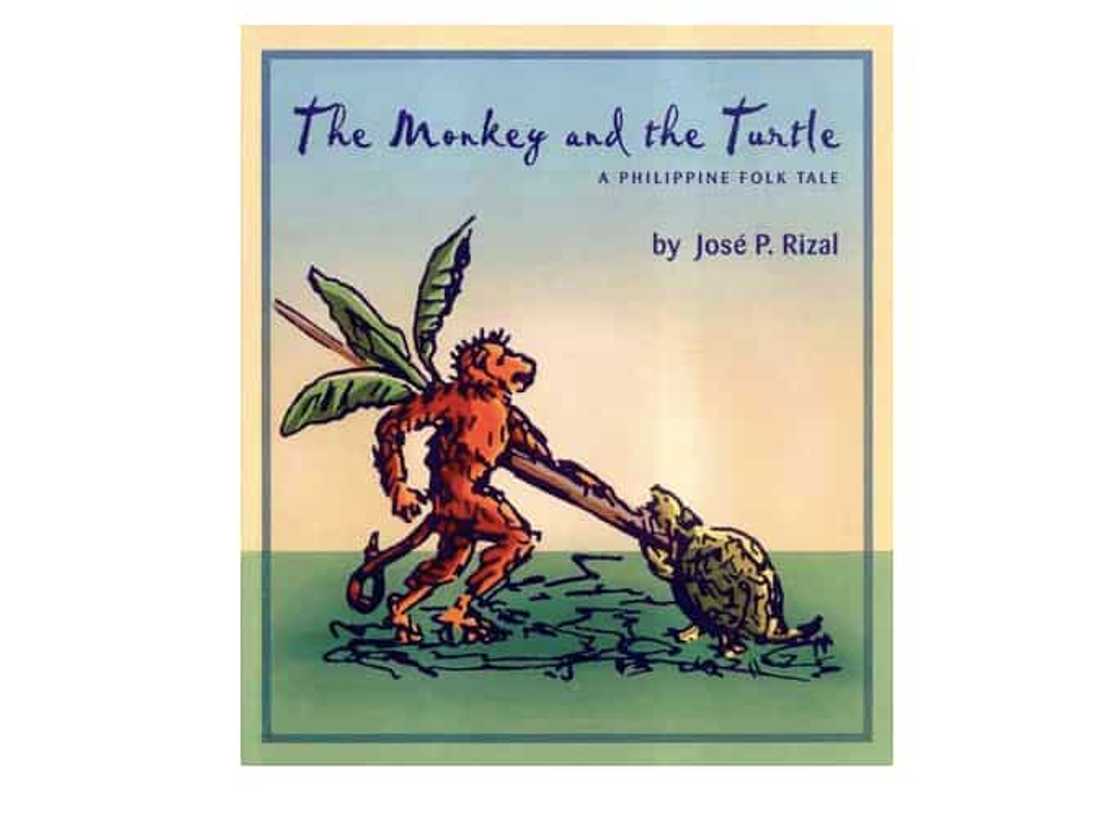
Source: Facebook
The Monkey and the Turtle is a perfect example of a folktale short story by Philippine national hero Jose Rizal. The story focuses on the monkey and turtle who started as friends.

Read also
Anne Curtis shares heartwarming snap with Heart Evangelista, Chiz Escudero in New York: “Team PH”
They both saw a floating banana plant on the water. They thought of splitting it so they could plan it. The monkey chose the upper part of the plant, for he thought it was better. Meanwhile, the turtle got the bottom part with the roots and grew an abundant plant.
Since the turtle couldn't climb the tree to get the fruits, he asked the monkey to get them. Instead, the monkey betrayed the turtle and ate every fruit. The turtle planned revenge on him, which ended in the monkey's death. The monkey's friends also planned revenge but did not win over the turtle.
2. Why the Fish Has Scales
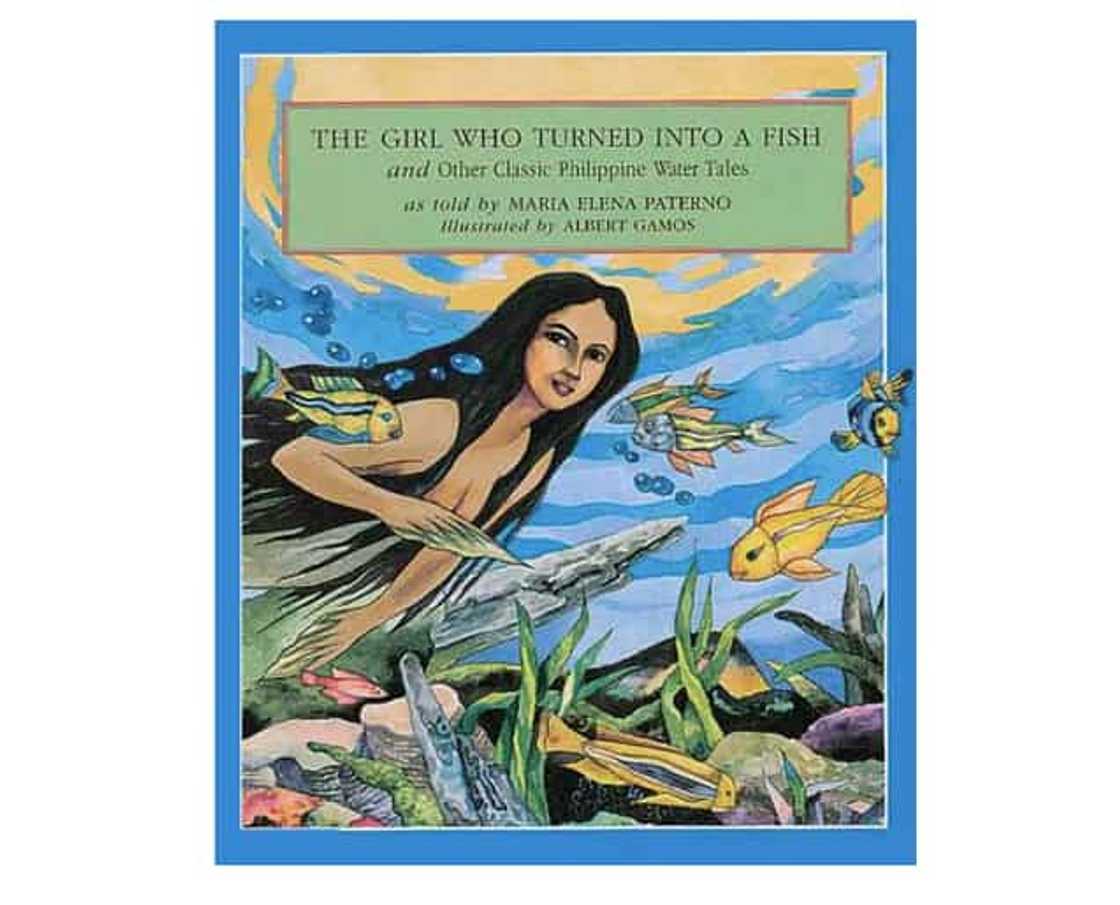
Source: Facebook
The Girl Who Turned into a Fish and Other Classic Philippine Water Tales as narrated by Maria Elena Paterno. This Filipino folktale talks about a beautiful girl who grew up vain and spoiled.
She admired her beauty by the river when the chief of crabs adored her beauty and spoke to her. She was shocked and shoved away the crab. In return, the chief scratched her face and cursed her for becoming a fish with many scales.
3. The Story of Piña
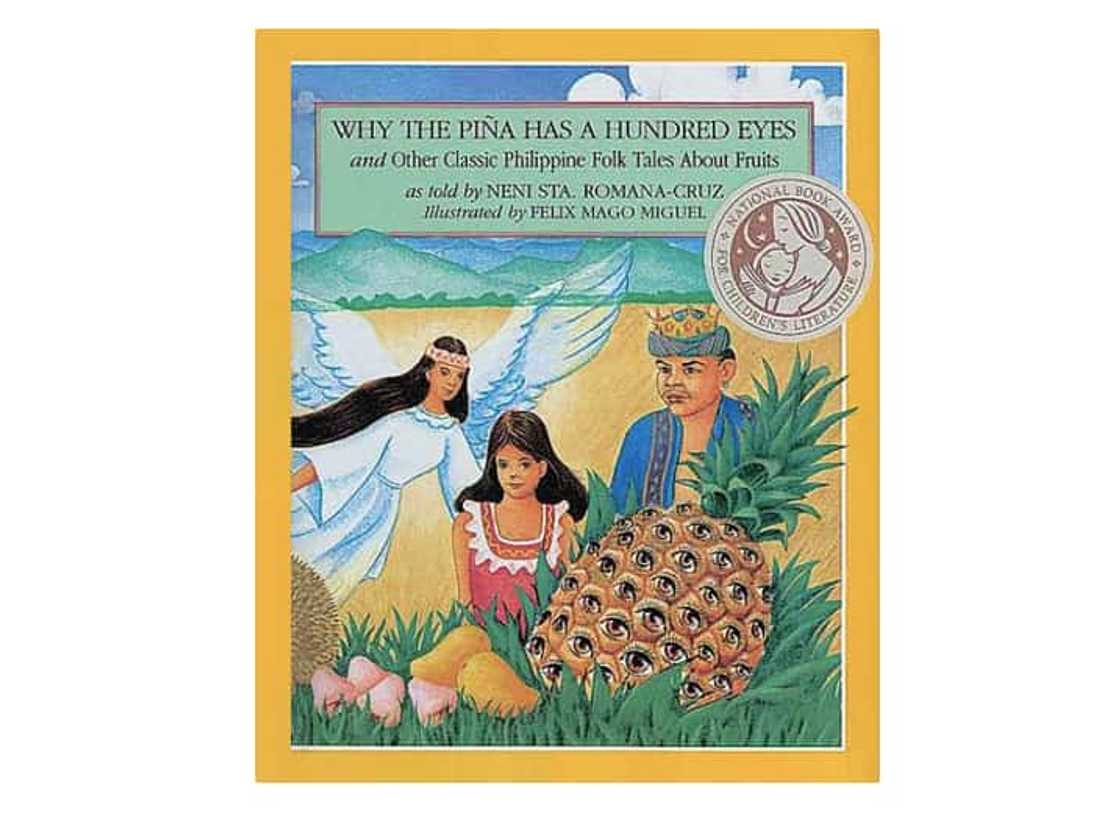
Source: Facebook
Why the Piña Has a Hundred Eyes, as narrated by Neni Sta, Romana-Cruz depicts the folktale about Pinang, an adorable yet lazy girl. The time came when her mother first asked her to cook, which she ignored.
She could not find the ladle when she finally agreed to do it. Her frustrated mother hoped that Pinang could grow a hundred eyes for being lazy so that she could find everything. Later on, Pinang disappeared, and then a yellow fruit with hundred eyes grew in their backyard.
4. Mother Mountain
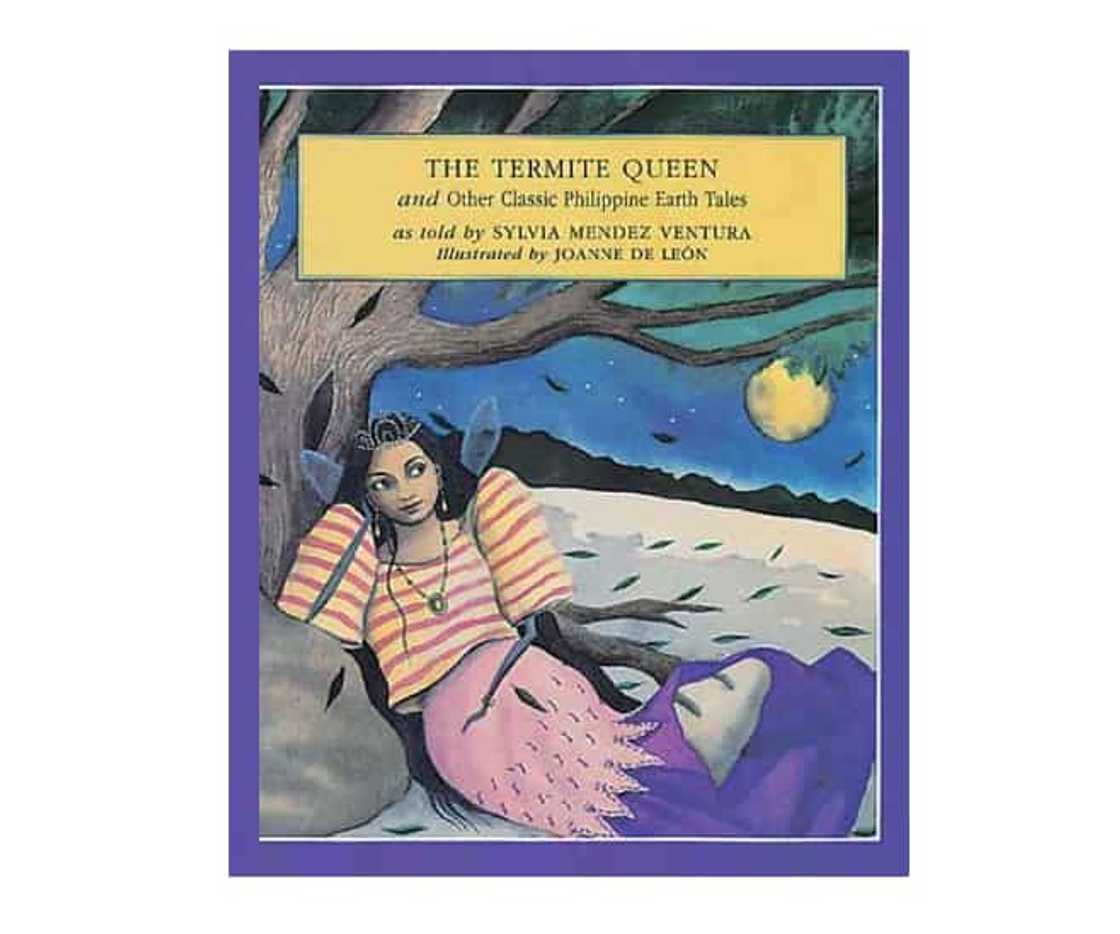
Source: Facebook
Mother Mountain talks about a widow with her two daughters who want nothing but to play. The mother asked her daughters to prepare their dinner after finishing work. The daughters were not there when the mother came home, so she cooked the dinner herself.
As soon as the daughters came home, they saw their mother preparing dinner and yet decided to play again. The mother got frustrated and left the house. It was late at night, and the daughters followed her. Little do they know that their mother turned into a shape of a mountain called Mt. Iraya.
5. The Necklace and the Comb
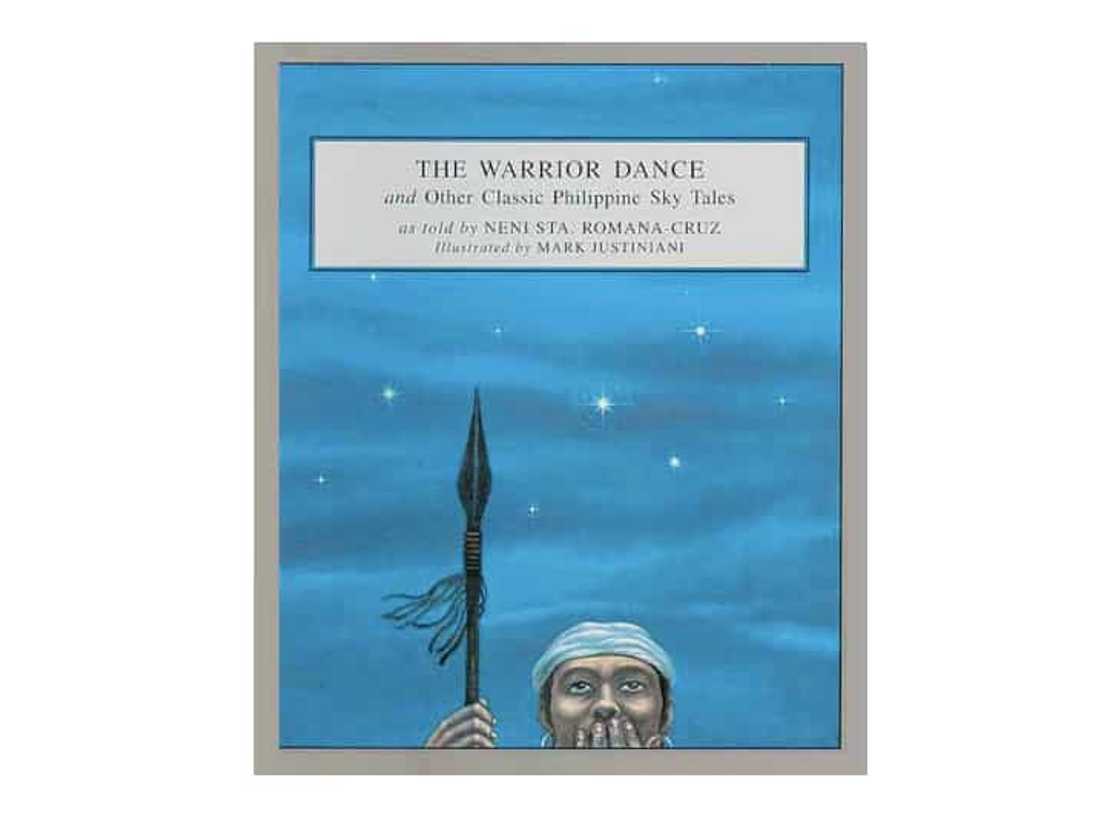
Source: Facebook
The Necklace and the Comb tells the story of Inday, who adored her necklace and comb. She was given these as a family heirloom on her sixteenth birthday.
She kept the necklace and comb with her even while working, so she put those on the cloud to avoid spoiling them. Her necklace and comb went up later on with the sky. The time came, the comb became the quarter moon, and then the necklace turned into the stars.
6. The Carabao and the Shell
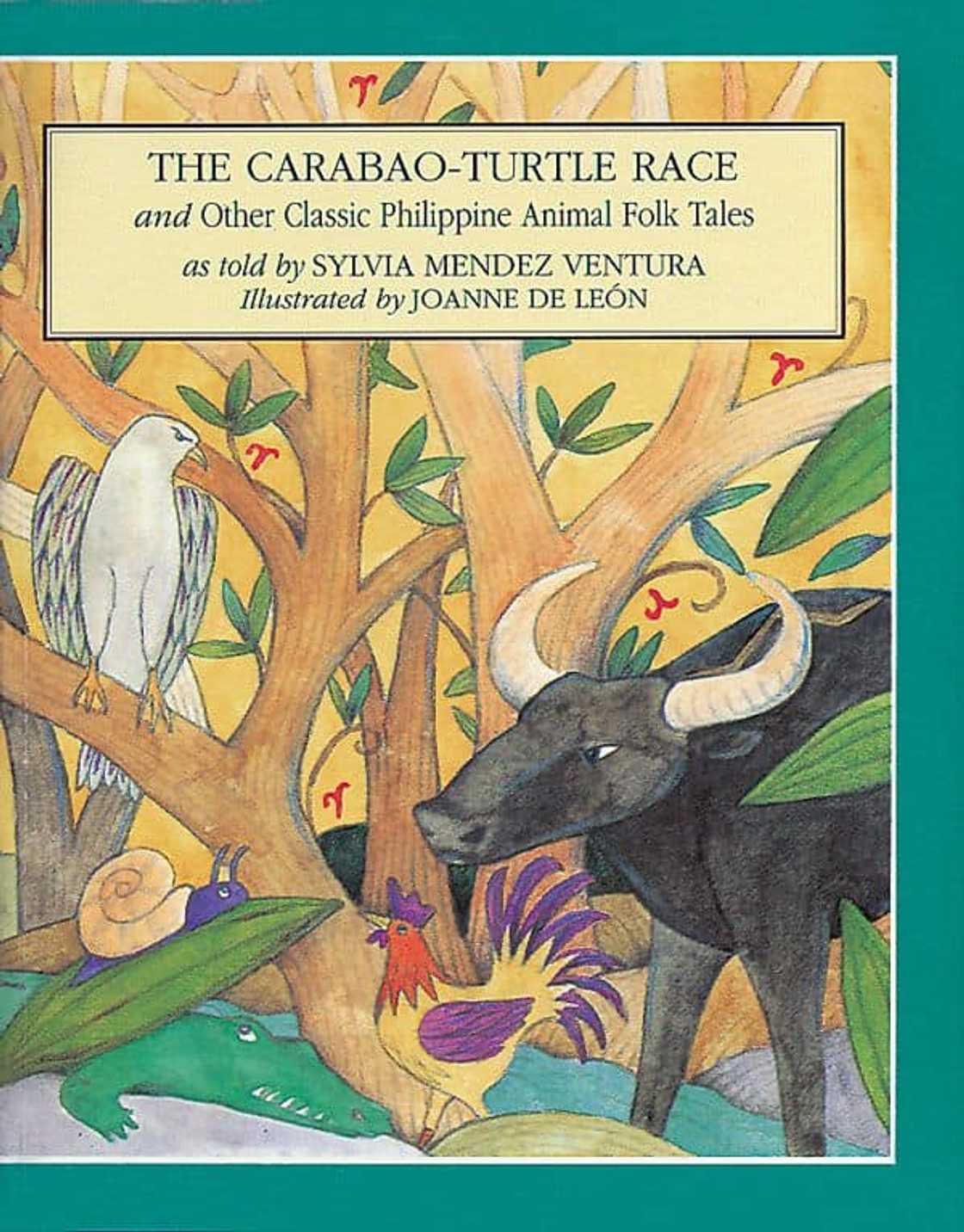
Source: Facebook
The Carabao and the Shell from Mabel Cook Cole's Philippine Folk Tales talk about the race between the carabao and the shell. The carabao thought of the shell to be very slow.
When the race began, the carabao went a long distance; he shouted "shell", and another shell answered. He continued, and another shell would answer whenever he shouted to find a shell. Carabao was determined to win the race, so he kept running until he got exhausted and died.
7. The Man with the Coconuts
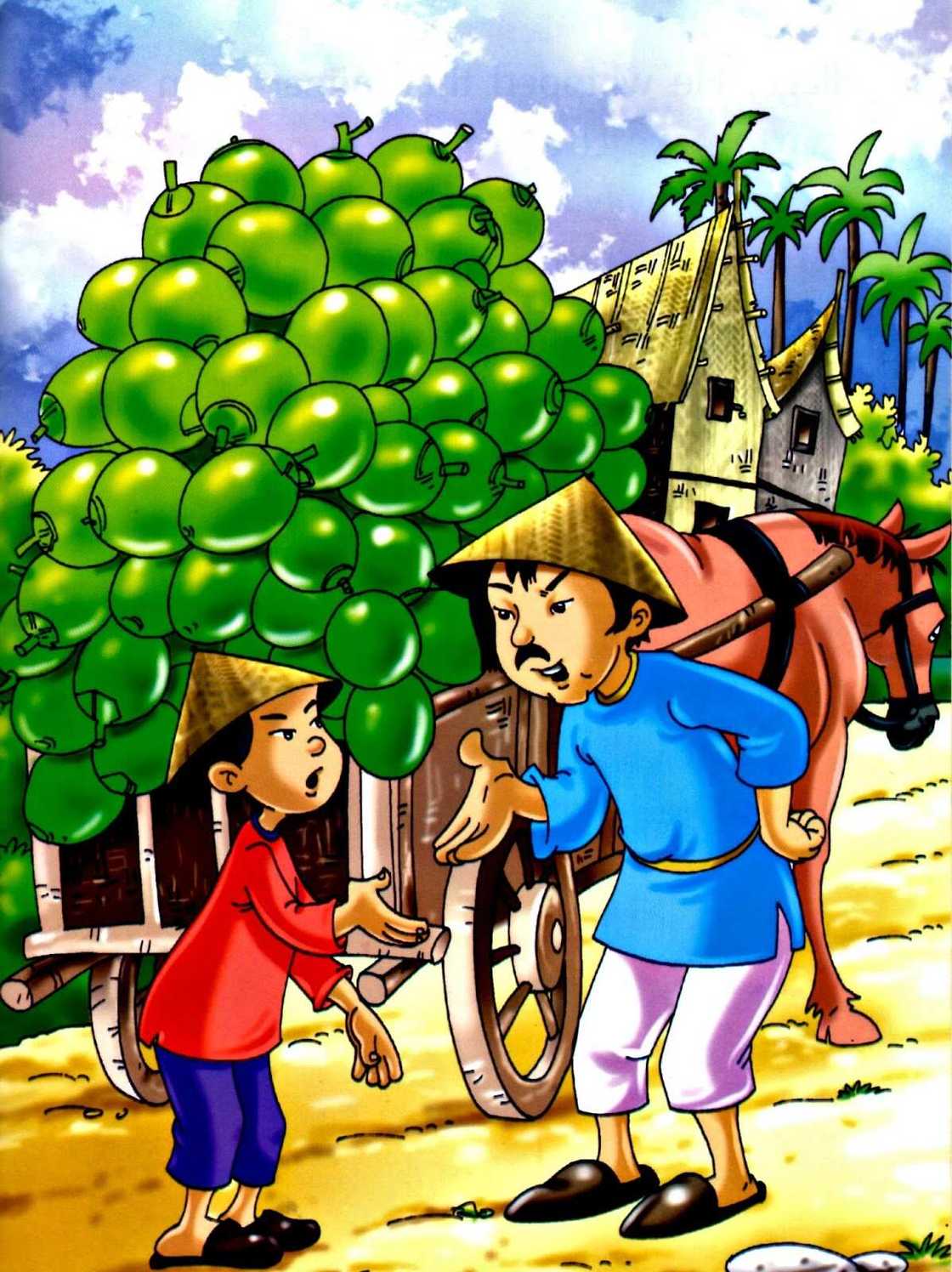
Source: Facebook
Another example of folktale from Mabel Cook Cole is The Man with the Coconuts. It narrates the story of a man who gathered his coconuts and loaded them onto his horse. He asked a boy how long it would take to go home.
"If you go slowly, you will arrive very soon, but if you go fast, it will take you all day," said the boy, and the man found it strange. So he hurried his horse, and the coconuts would fall every time he did this. He was able to reach home when it was already nighttime.
8. The Boy Who Became a Stone
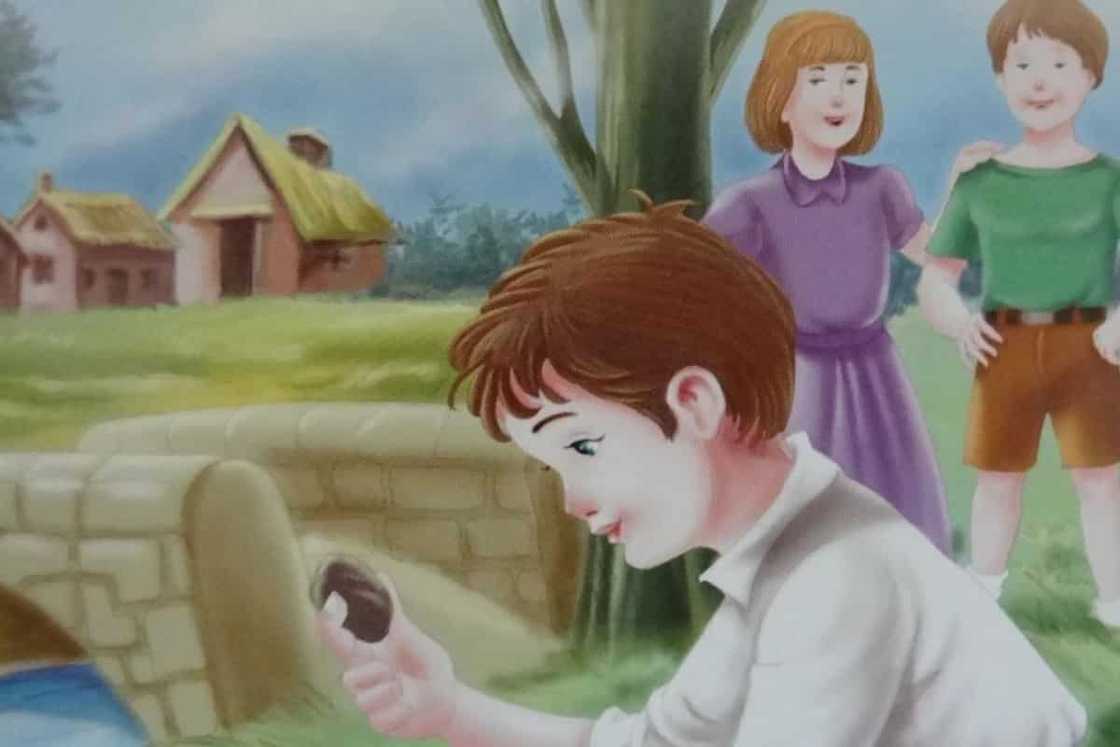
Source: Facebook
This Filipino legend story tells the story of a young boy named Elonen who was making a bird snare when a bird called to him to come and catch it. The boy finished making the snare and caught the bird, putting it in a jar in his house while he went swimming with the other boys.
His grandmother grew hungry and ate the bird while he was away. When Elonen returned and found out, he became so sad that he went to the forest and walked a long way until he found a big stone. He asked the stone to open its mouth and eat him, and it did.
9. The Hawk and the Hen
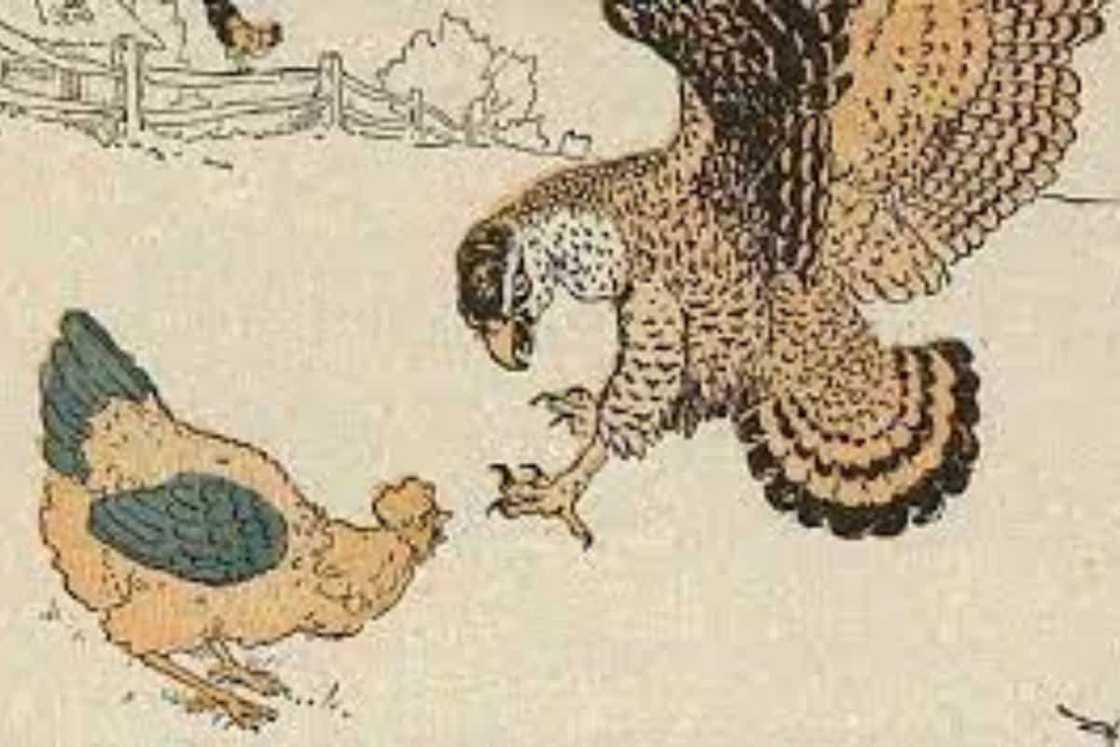
Source: Facebook
This Philippine folktale is about a hawk who once saw a hen on earth and decided he wanted to marry her. He asked her to be his wife, and she agreed, but only if she could grow wings like his.
The hawk agreed and flew away, giving her a ring as an engagement present. The hen was proud of the ring and wore it around her neck. The hen threw away the ring, and when the hawk returned with beautiful feathers for her, he noticed the ring was missing.
The hen lied to the hawk and said she lost the ring when encountering a snake. The hawk knew she was lying and punished her by making her scratch the ground to find the ring and threatening to take away any of her chicks that he found.
10. The Sun and the Moon
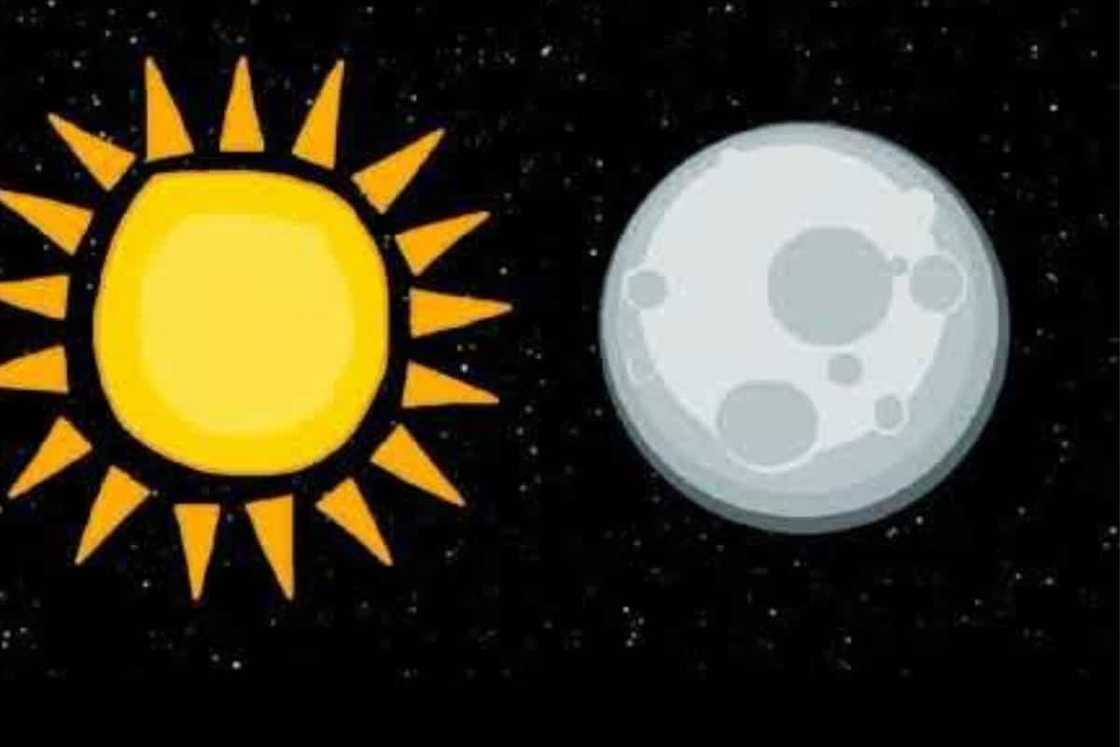
Source: Facebook
There was a quarrel between the Sun and the Moon, and the Sun insulted the Moon by saying that she was not much good because she was only the Moon and depended on him for light.
The Moon responded by saying that women preferred her because they could spin outside when she shone at night. This made the Sun very angry, and he threw sand in the Moon's face, which left dark spots on her face that can still be seen today.
Any child who grew up listening to any Filipino story is not only exposed to the Philippines' rich history and mythology, but they also develop a deeper appreciation for their culture. These tales are a rich source of cultural history that is both amusing and educational.
What is the most famous Philippine folktale?
Some of the popular philippine folktales include:
- The Monkey and the Turtle
- Why the Fish has Scales
- The Story of Piña
- Mother Mountain
- The Necklace and the Comb
- The Carabao and the Shell
- The Man with the Coconuts
- The Boy Who Became a Stone
- The Hawk and the Hen
- The Sun and the Moon
What is the example of Philippine myth and legend?
A good example of a Philippine myth and legend is the story of the Bathala who is the supreme god of the ancient Tagalog people. He is regarded as the creator of the universe, the earth, and all living things. Bathala is a kind and just god who is worshipped by the people through prayers, offerings, and rites, according to folklore. He is also linked to natural events like thunder, lightning, and storms.
The Philippines is a country with a rich culture and history, which is reflected in its folktales, stories, and legends. Through these 10 selected tales, children can learn about important values such as bravery and kindness while also exploring the different regions and traditions of the country. By sharing a Filipino story with children, we can preserve the unique heritage of the country and inspire a love for storytelling.
Kami.com.ph recently published an article on how to play Tumbang Preso in the Philippines. Tumbang Preso is also known as Tumba lata or Bato lata, and its popularity has been consistent over the years.
The fantastic sport has been passed down from generation to generation due to the enjoyment and creativity it provides. It is a unique traditional Filipino game that is popular among Filipino children.
Source: KAMI.com.gh








